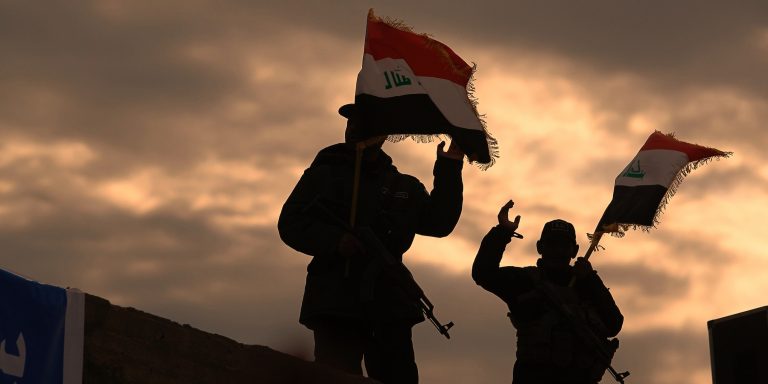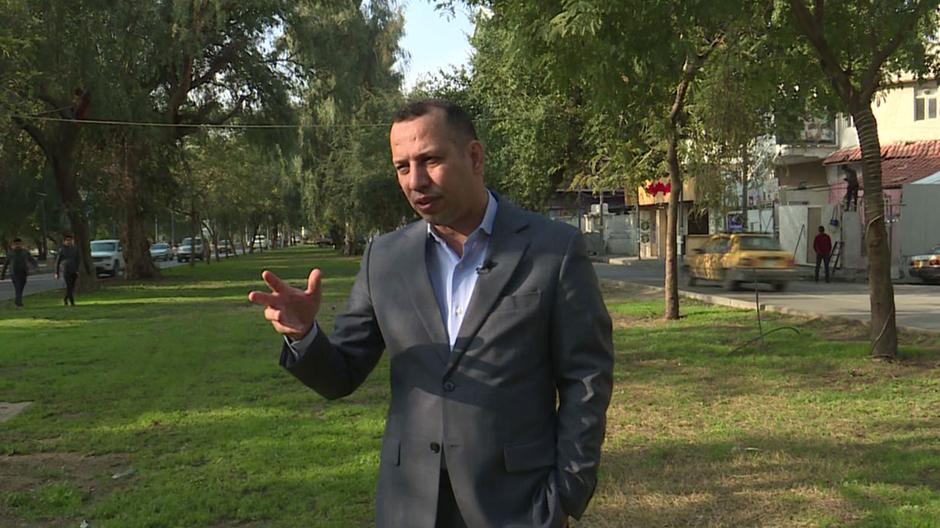Attempting to precisely and objectively describe the situation of Iraq, many academics, observers, and analysts who support their country and its highest national interests agree that, in its current form, the country’s situation consists of a dilapidated rentier economy and an industrial and agricultural sector that has all but collapsed.
It may have already fully collapsed, with the exception of individual efforts by farmers, industrialists, and investors to enter the state through establishing modest projects of little value. There is a frightening increase in poverty levels, especially in central and southern Iraq, accompanied by a population explosion due to a lack of family planning or control of its gradual growth.
Along with major security issues and political inertia—discussed in a separate article—much of this crisis can be understood through an economic lens. Specialists agree that, in the current situation, there are no economic drivers in Iraq. The only significant economic activity is merely the oil industry, the revenues of which get allocated as operating expenses.
In the event of a revenue deficit from oil expenditures, as happens yearly and has happened for a number of years, the government resorts to internal and external borrowing. This has prompted the state to completely stop rebuilding what has been destroyed in previous wars, developing the basic services sector, or launching sustainable development in the period since 2003.









 RSS Feed
RSS Feed